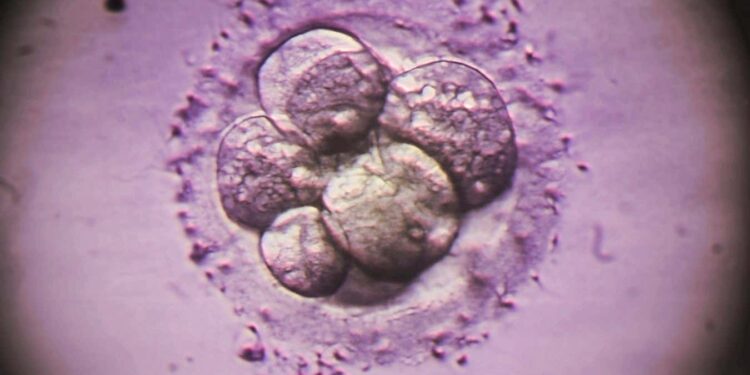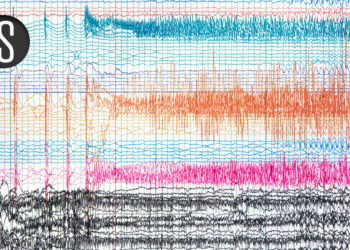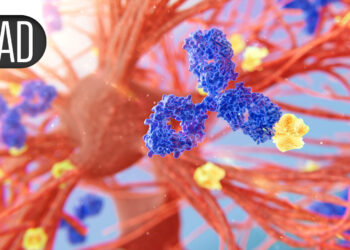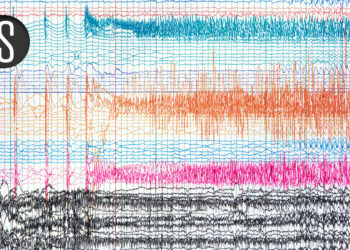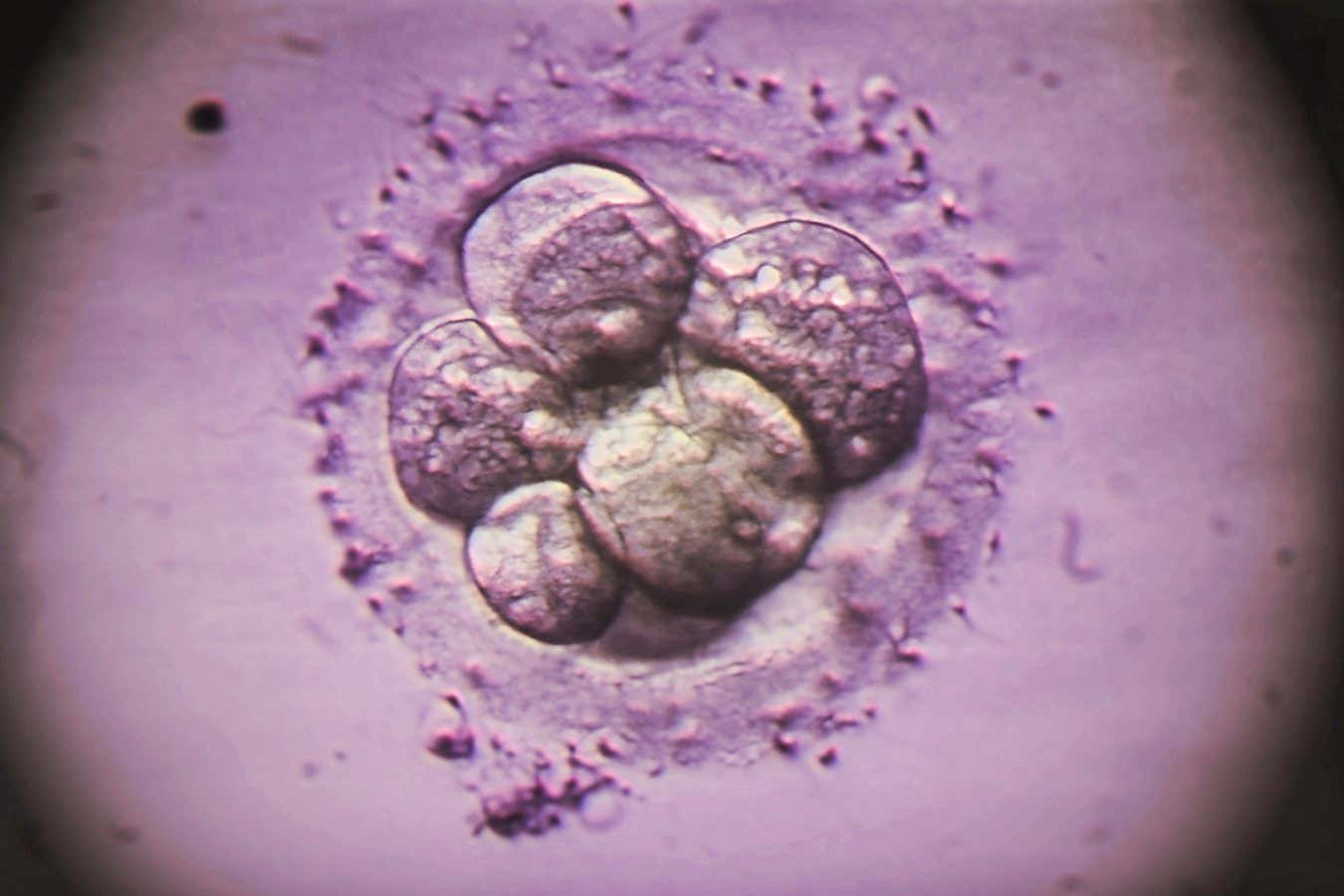
Coloured light micrograph of a human embryo after in vitro fertilisation
ZEPHYR/SCIENCE PHOTO LIBRARY
During in vitro fertilisation (IVF), embryos undergo genetic testing before they are transferred to the uterus – but researchers have found that a widely used test cannot detect genetic abnormalities that form in embryos just before implantation. However, it isn’t clear what this means for selecting embryos with the best chance of developing into a healthy pregnancy.
The procedure, called preimplantation genetic testing for aneuploidy (PGT-A), occurs about 5 to 6 days after fertilisation. It involves removing a few cells from the embryo’s outer layer to check for extra or missing chromosomes, which can raise the risk of miscarriage. But this test is only a snapshot in time – cells in the embryo continue dividing and multiplying before implantation, potentially introducing genetic changes that go undetected.
So, Ahmed Abdelbaki at the University of Cambridge and his colleagues recorded the development of human embryos for 46 hours after they were thawed, mimicking the timeline between testing and implantation. It usually takes about 1 to 5 days for an embryo to implant after it is transferred to the uterus. Previous efforts to do this have been able to image embryos for only about 24 hours, as they are highly sensitive to the light emitted from conventional microscopes. Instead, the team used a light-sheet microscope, which illuminates only a thin slice of the embryo at a time, reducing light exposure and allowing longer observation.
The researchers injected a fluorescent dye that binds with DNA into 13 human embryos, allowing them to monitor the formation of genetic abnormalities in real time. They observed 223 cells divide across the samples and found that 8 per cent of cells experienced chromosome misalignment. This occurs when chromosomes line up in the middle of the cell before dividing into two cells. Misalignment significantly raises the risk of the resulting cells having extra or missing chromosomes, which can go on to impede implantation, increase the likelihood of miscarriage or cause conditions such as Down syndrome.
This suggests “there may be later [genetic] changes in the embryo after the point at which we are screening with PGT-A,” says Lilli Zimmerman at Northwell Health in New York state.
These errors were confined to the outer layer of cells – which form the placenta – not those at the centre of embryos, which develop into the fetus. Previous studies have shown that embryos with some genetic abnormalities in outer cells can still result in successful pregnancies. It is therefore possible that these genetic errors may not affect the viability of embryos, says Abdelbaki.
“What this study, to me, really shows is that there is still a lot more research needed in terms of screening embryos for whether [they] are genetically normal or abnormal,” says Zimmerman. And it isn’t clear how genetic errors that occur between screening and implantation may affect embryo viability, she says. The study also looked at only a small number of embryos, so it is difficult to know whether these results apply to embryos more broadly, she says.
Topics:
Source link : https://www.newscientist.com/article/2501293-common-ivf-test-misses-some-genetic-abnormalities-in-embryos/?utm_campaign=RSS%7CNSNS&utm_source=NSNS&utm_medium=RSS&utm_content=home
Author :
Publish date : 2025-10-23 10:00:00
Copyright for syndicated content belongs to the linked Source.

